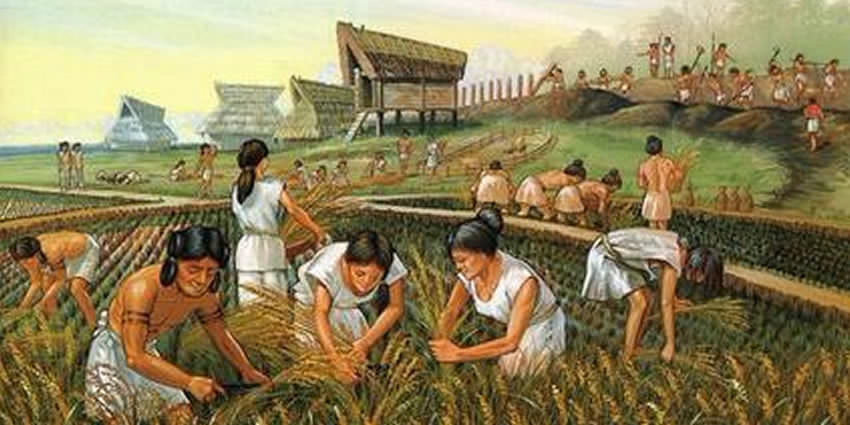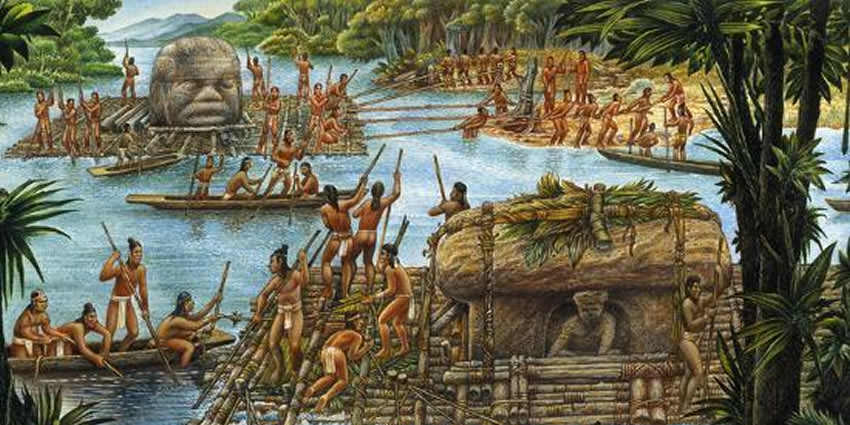The Olmec Civilization
The Olmec Civilization is often considered the "mother culture" of Mesoamerica because it laid the foundation for many later civilizations, such as the Maya and Aztecs. Emerging around 1600 BCE in what is now southern Mexico, the Olmecs are known for their large stone heads, advanced agriculture, and influence on later cultures. The civilization thrived for over 1,000 years and left a lasting impact on the region’s culture, religion, and art.
Back HomeWho were the Olmecs?
The Olmecs were one of the earliest major civilizations in Mesoamerica, flourishing from around 1600 to 400 BCE. They lived in the tropical lowlands of what is now southern Mexico, particularly in the states of Veracruz and Tabasco. The Olmecs are famous for their colossal stone heads, which are believed to represent their rulers. They were skilled in farming, creating a surplus of food that allowed their society to grow and develop. The Olmecs also developed a writing system, a calendar, and possibly even early forms of Mesoamerican ball games.

What did the Olmecs achieve?
The Olmecs achieved many significant advancements that influenced later Mesoamerican cultures. They were among the first to build large ceremonial centers, such as La Venta, which featured pyramids, plazas, and massive stone sculptures. Their art, particularly the colossal heads, reflects a high level of skill and creativity. The Olmecs also developed early writing and calendar systems, which laid the groundwork for the sophisticated systems used by the Maya and Aztecs. Their influence is seen in the religious practices, architecture, and social organization of later civilizations in the region.

What mysteries still surround the Olmecs?
Despite their importance, much about the Olmec civilization remains mysterious. We do not fully understand their social structure, religion, or the reasons for their decline. The meaning of the colossal stone heads and other sculptures is still debated among scholars. Additionally, while the Olmecs developed a form of writing, very few examples have survived, leaving many aspects of their language and communication methods unknown. The reasons behind the eventual abandonment of their major cities around 400 BCE are also not entirely clear, adding to the enigma of this ancient civilization.
Recap
Who were the Olmecs?
The Olmecs were one of the earliest major Mesoamerican civilizations, known for their large stone heads and advanced culture.
What did they achieve?
They built impressive ceremonial centers, created advanced art, and developed early writing and calendar systems.
What mysteries remain?
Many aspects of Olmec society, including their writing, religion, and the reasons for their decline, remain unclear.
Why are they important?
The Olmecs laid the cultural foundations for later civilizations like the Maya and Aztecs, influencing Mesoamerican culture for centuries.